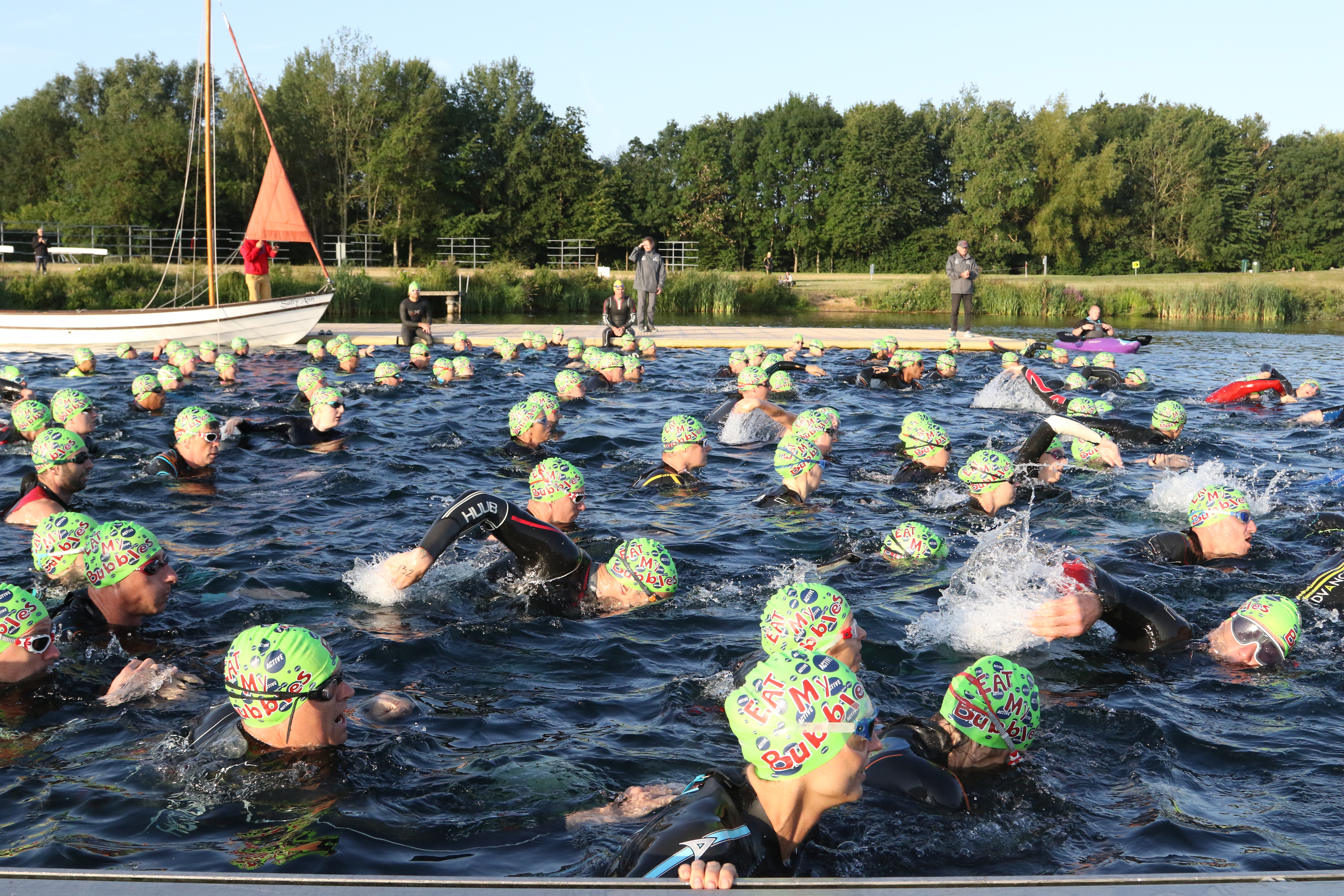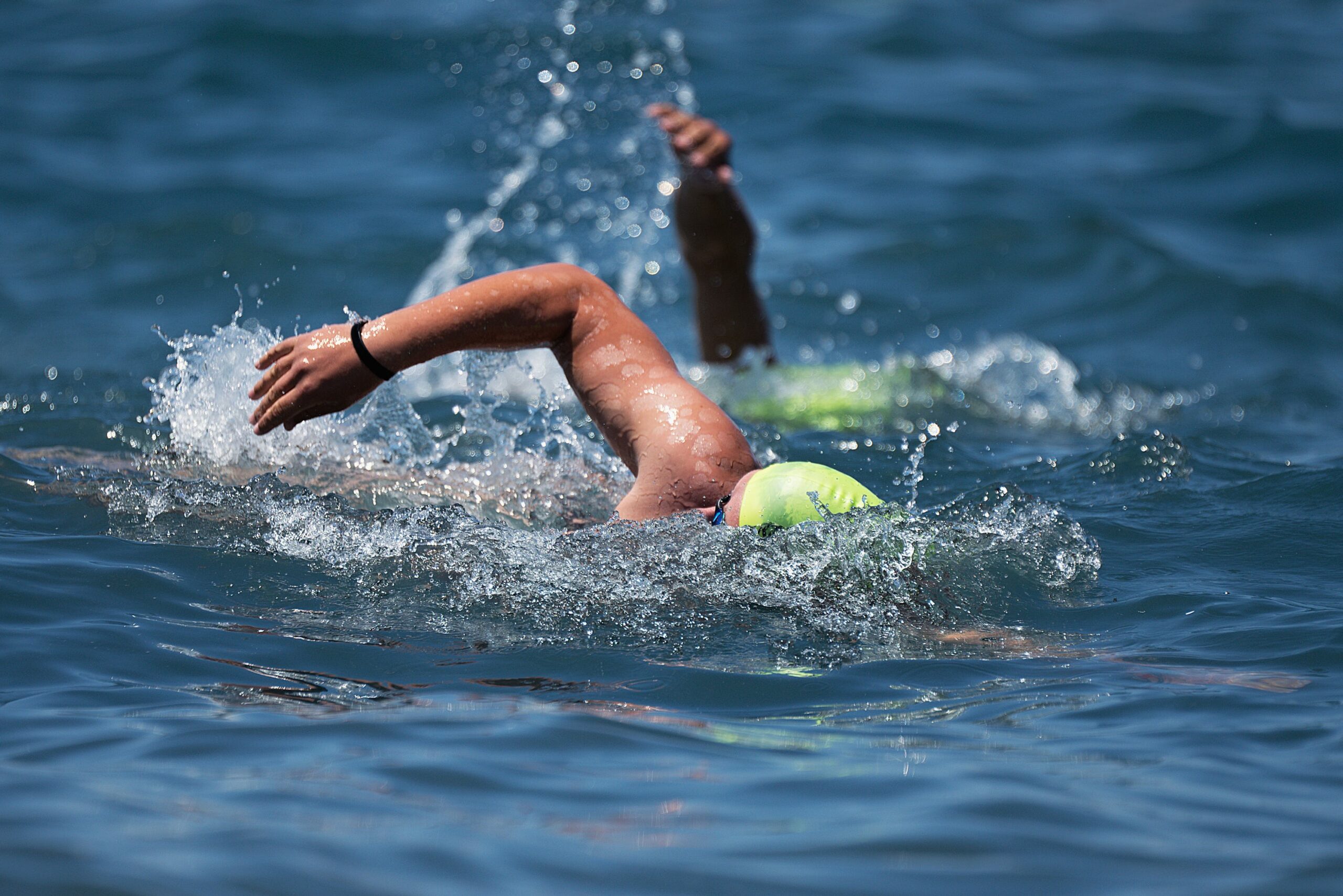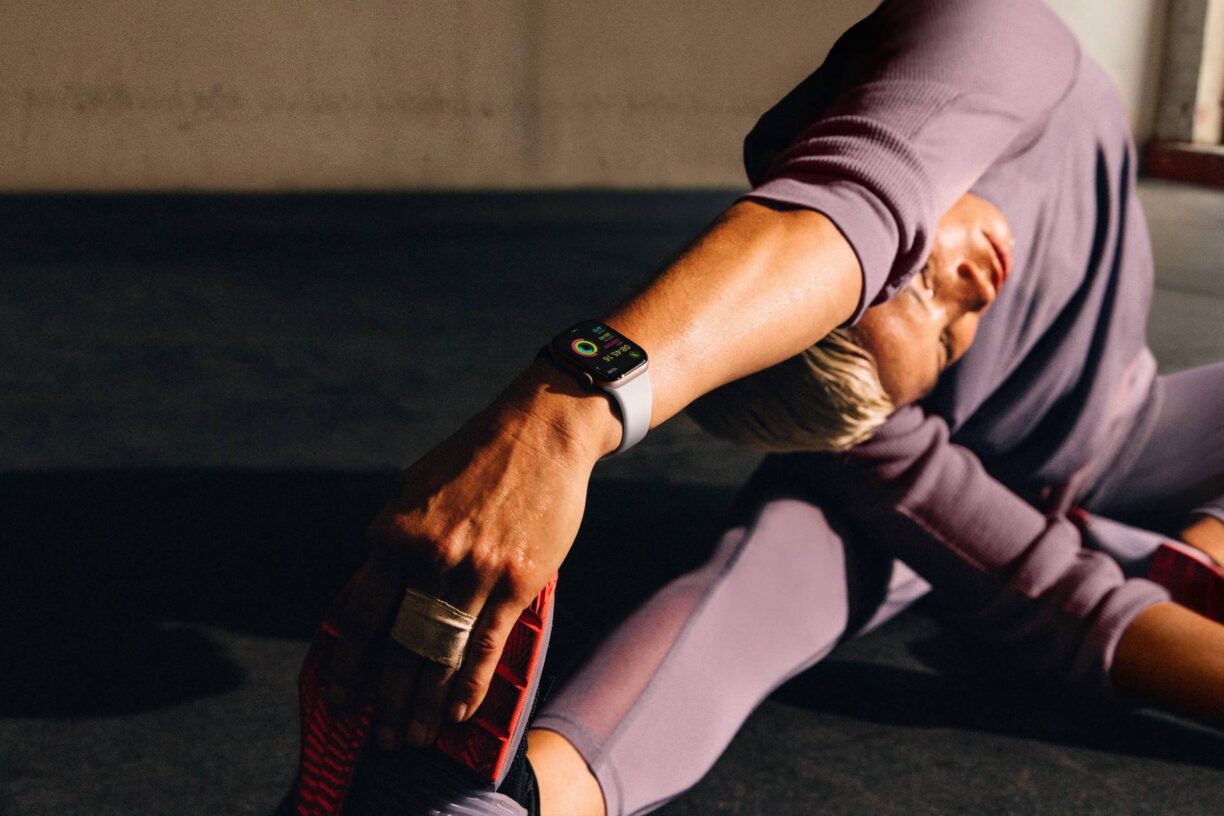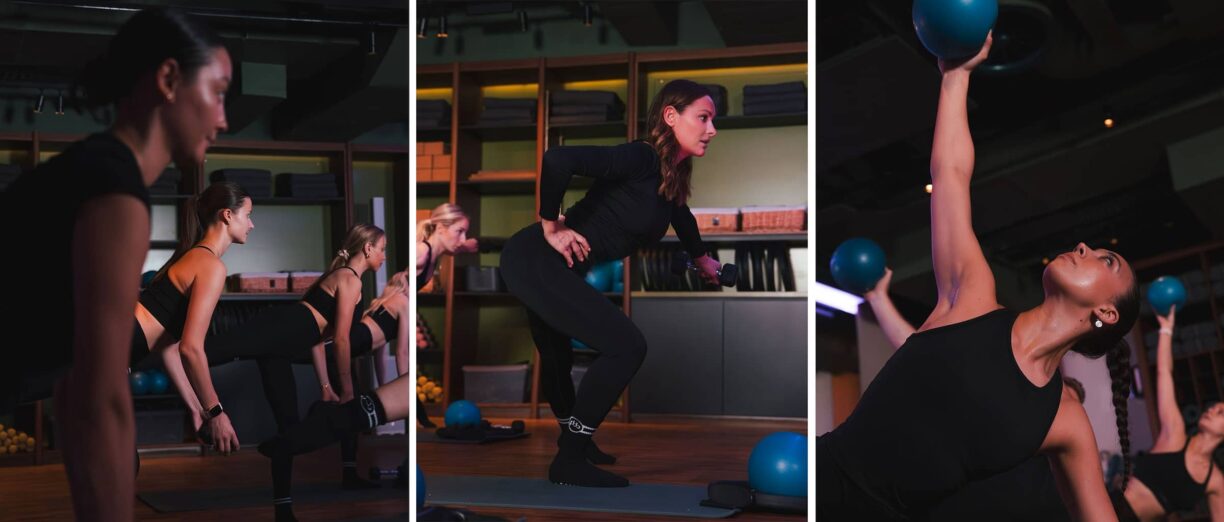Challenges are country-wide and have varying degrees of difficulty – there are aquathlons (swimming and running), duathlons (running, cycling, and running again), and the original, triathlons: swimming, cycling, and then running.
It’s been an Olympic sport since 2000 and one Britain is particularly strong at, with the Brownlee brothers and a very strong women’s team leading the way.
I signed up for my first – the Dorney Triathlon in Berkshire, run by Active Training World and RunThrough – slightly apprehensively, having kept all three exercises entirely separate my whole life.
Olympians compete at the ‘standard distance’ but I’m taking on half that – a ‘sprint’ (the name is deceptive, it’s still an endurance event), consisting of: 750m open water lake swim (equivalent to 30 lengths of a 25m pool), 20km on a bike, and a 5k run.
Perhaps foolishly, I didn’t practice any of these things together – called a brick session – but it’s doable, right?
Besides, people take on the Ironman – covering 225km and finishing with a marathon. Yep, triathletes are a particularly hardcore breed of fitness fanatic…
1. You need a lot of stuff
If you’ve ever watched a professional triathlon on TV, you’ll know competitors wear one piece of clothing, a ‘tri suit’, for the entire race – they’re fast drying for after the swim, with inbuilt cycling padding – and most women will also need a quick-dry sports bra underneath for the run.
Then there’s the wetsuit question – is it cold enough to wear one over your tri suit? Triathlon rules state that if open water is over 14C, they’re optional, and over 22C, they aren’t allowed.
I’d recommend doing more than the two wetsuit swims I did in preparation to decide if you need one.
Temperature aside, one advantage is they help you float if you’re not a strong swimmer, but if you’re not used to wearing one, they can feel more restrictive.
Add to that a road bike, helmet (compulsory), swimming goggles, swim hat (compulsory, but usually provided), race belt (to attach your number to), running trainers, water bottle and a towel, and you’re good to go.
2. Transitions are important
In the ‘transition’ pen, where athletes switch between disciplines, each competitor receives a limited space to hang their bike on a rack. They place the items required throughout the race next to the front wheel.
We’re given an ankle timing chip, a race number to attach to a race belt (to wear during the bike and run), and two race number stickers (one for a helmet and one for a bike).
And there are a surprising amount of rules in transition too. In any tri you must put your helmet on before you so much as touch your bike, and mount your bike only after a line way outside of the pen – or you risk a time penalty.
3. The swim is frenetic

Around 150 wetsuit-clad competitors with matching hats shuffle onto a platoon, and into the water at 6.55 am.
It’s a guessing game where you decide to tread water in the huddle; towards the back and you might have to swim through more people; towards the front and people might swim over you (true story); to the side and you’ll have a longer distance to swim overall.
The horn sounds and the commotion starts. Staying to the side, I endeavour to avoid hindering other swimmers as much as possible, but any form of wild swimming, particularly for those accustomed to a pool environment, requires some adaptation.
First of all, you’re aiming for two buoys far off in the distance, but you’re lucky if you can see half a metre in front of you underwater in the lake, sea or river.
So swimming involves not only constant attempts to not crash into other people all going different speeds, but adapting your technique to look ahead at the buoy – 16 frantic minutes later and I’m jogging to transition.
4. The bike ride is long
After stripping off a wetsuit and not-very-efficiently putting on my trainers (the pros use elastic laces) I definitely waste a couple of extra minutes before jumping on my bike – and it isn’t long before much faster people swish past me in aero helmets and tri-specific handlebars.
Whatever the triathlon distance, on the saddle, is where the biggest chunk of time is spent. For me it’s four laps of a lake and 41 minutes.
5. The run is hard
The second transition is simpler and quicker – bike up, helmet off – but my legs feel like lead when I start running.
This is by far the hardest part, legs still recovering from the bike while trying to lift my feet off the ground to make the one, 5k lap.
Somehow it feels like the slowest I’ve ever run, but as the finish line comes into view, I hear the announcer call that people finishing are within an hour and a half, and I make a sprint for the end, crossing the line in 1 hour 28 minutes overall.
6. It’s addictive
One discipline after another may be tough, but there’s something really satisfying about ticking each one off – clambering out of the water, jumping off your bike onto solid ground again and, of course, crossing the line in the run.
You’re still recovering from the previous challenge at the start of the next (active recovery at its best), but each one uses a different group of muscles so the following is, in a way, a break from the last two.
And afterwards, there’s analysing the split times of each leg, checking how you placed in your age group (8th out of 25) and overall (102nd out of 153), and thinking about how you can make minor adjustments or train harder in each discipline.
Then there’s the realisation that now, you’re a triathlete – and it won’t be the last time you voluntarily get up at 5 am on a Sunday to join hundreds of people jumping into a lake again.
To enter a triathlon near you, visit activetrainingworld.co.uk.





